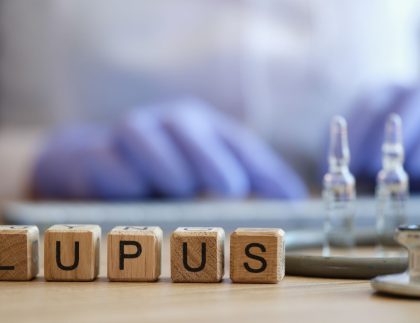
In the journey through the stages of lymphedema, understanding is the compass, early intervention the guide, and comprehensive care the destination. Together, we navigate towards improved outcomes and enhanced quality of life for those affected by this complex condition.
Lymphedema, a chronic condition characterized by the accumulation of protein-rich fluid in tissues, unfolds through distinct stages, each presenting unique challenges and implications. Understanding the evolution of this condition is essential for effective management and intervention, as early detection and timely treatment can significantly improve outcomes and quality of life for individuals affected by lymphedema.
Stage 0: Compensatory Mechanisms at Work
In the earliest stage of lymphedema, the lymphatic system functions inadequately, yet compensatory mechanisms manage lymphatic load without visible edema. Despite underlying dysfunction, no outward signs of swelling are evident. However, subtle changes within the lymphatic system may indicate a predisposition to lymphedema, making this stage a critical period for surveillance and preventive measures. While lymphatic function may still be relatively preserved, proactive interventions such as compression therapy and exercise can help support lymphatic drainage and mitigate the risk of progression to later stages.
Stage I: Emerging Soft Swelling
As lymphatic function becomes overwhelmed, Stage I lymphedema emerges, characterized by soft swelling in the affected area. This swelling, often protein-rich, can be indented upon pressure and may reduce with elevation of the affected limb. While still manageable, Stage I lymphedema signals a shift in the body's ability to cope with excess lymphatic fluid, highlighting the need for early intervention and comprehensive lymphedema management strategies. Initiating treatment during this stage can help alleviate symptoms, prevent further progression, and improve long-term outcomes.
Stage II: Firm Swelling and Fibrosis
Progression to Stage II is marked by the presence of excess connective tissue, leading to fibrosis and sclerosis. The swelling becomes firmer, and indentations are harder to produce, indicating a more advanced stage of lymphedema. At this juncture, the lymphatic system's capacity to manage fluid balance diminishes significantly, posing greater challenges for effective treatment. While Stage II lymphedema is more resistant to conventional therapies, targeted interventions such as manual lymphatic drainage (MLD), compression bandaging, and exercise remain essential components of comprehensive lymphedema management. Additionally, close monitoring for signs of complications, such as recurrent infections and impaired wound healing, is crucial for preventing further deterioration of the condition.
Stage III: Pronounced Symptoms and Complications
In the most advanced stage of lymphedema, extreme swelling and significant skin changes occur. Hardened tissue, wart-like growths, and fluid-filled bulges characterize Stage III, increasing the risk of inflammation, infection, and compromised wound healing. The lymphatic system becomes overwhelmed, and the affected limb may exhibit severe functional impairment, significantly impacting the individual's mobility and quality of life. Management of Stage III lymphedema requires a multidisciplinary approach, involving specialized lymphedema therapists, wound care specialists, and medical professionals experienced in the treatment of complex lymphatic disorders. Interventions may include advanced lymphatic therapies, surgical procedures, and ongoing supportive care to address symptoms and optimize outcomes.
Understanding the clinical stages of lymphedema is crucial for timely intervention and effective management. Early detection allows for tailored treatment approaches, mitigating complications and improving patient outcomes. By navigating the progression of lymphedema with vigilance and knowledge, healthcare professionals and patients alike can work together to optimize care and enhance quality of life for individuals living with this chronic condition. At Onyeka Tefari Wellness and Spa, we offer specialized Manual Lymphatic Drainage (MLD) and oncology massage services to support your journey. Book a session today and take the first step towards holistic healing and relief.
JOIN OUR LYMPHADEMA SUPPORT GROUP ON FACEBOOK!
We have a supportive community where you can connect with others facing similar challenges. Click the link below to join:
SIGN UP TO OUR NEWSLETTER
Stay up to date on the latest update on adventures.
Related Services

Feel our
Oncology Massage
Embark on a journey of healing and tranquility with our specialized Oncology Massage, a form of soft-tissue mobilization designed to bring comfort and support to those navigating the challenges of cancer treatment.

Unique
Manual Lymphatic Drainage
Manual Lymphatic Drainage massage is a form of soft-tissue mobilization dramatically enhances lymph formation and promotes drainage within the superficial and deep systems of the lymph vascular network.

Unique
Synergistic Massage
The Synergistic Massage Integrates both Eastern & Western healing methods to restore the harmonious flow of life within. It combines the nurturing Western oil massage with the therapeutic benefits of Asian bodywork methods.













